In June 2022, we embarked on a 10-day trip to Tanzania, starting with a 6-day safari across four national parks in the north-east of the country: Lake Manyara, the famous Serengeti, Ngorongoro, and Tarangire.
We chose to go on a safari with a small group (4 tourists) and with tent lodging, and we trusted Arunga Expeditions to organize our trip. We were not disappointed - it was an incredible adventure. Thomas, our guide, and Isaac, our cook, took great care to ensure that everything was perfect. While tent lodging may not be the most comfortable option, it does provide an incredible proximity to the animals. At night, we were surrounded by the noises of the hyenas and zebras, and some animals even wandered through the camp in search of food.
Day 2-4: Serengeti
If lake Manyara is the appetizer, then the Serengeti is the main course. Undoubtedly the most incredible experience of our trip. The landscapes are stunning; in front of you lay an ocean of grass prairies sprinkled with acacias or large lion rocks as oasis. The Great Rift Mountains loom in the distance. The name Serengeti means "endless plains" in Maasai, and it lives up to its name.
On the way to the Serengeti, we made a stop at Olduvai Gorge, also known as the "cradle of mankind." It is one of the most important paleoanthropological sites in the world.
The Serengeti is almost 15,000 km², making it the second-largest national park in Africa. It is home to around 4 million animals, and is famous for the annual migration of wildebeest and zebras. It is also a great place to see members of the "big five" (lions, leopards, elephants, rhinoceroses, and African buffalo). Unfortunately, due to poaching, rhinos are rare and very hard to spot in the park.
Our site camp was close to the center of the park, we slept two nights in the same location which gave us more "game" time. The diversity and the number of animals in the park is fascinating, each day brought the discoveries of new species.
On the first day, we didn't have to drive far from our base camp to spot our first queen of the savannah. She was resting on a branch in a tree, with a lone giraffe grazing at the foot of the tree, unafraid. She was the first of two lionesses we saw perched in an acacia tree in the Serengeti - a very rare behavior for lions.
Lions spend 18 hours a day sleeping, so it was no surprise that most of the lion prides we saw were resting, often on rocky outcroppings that gave the scene a very "Lion King" feel.

Can you spot the lion and the Giraffe?
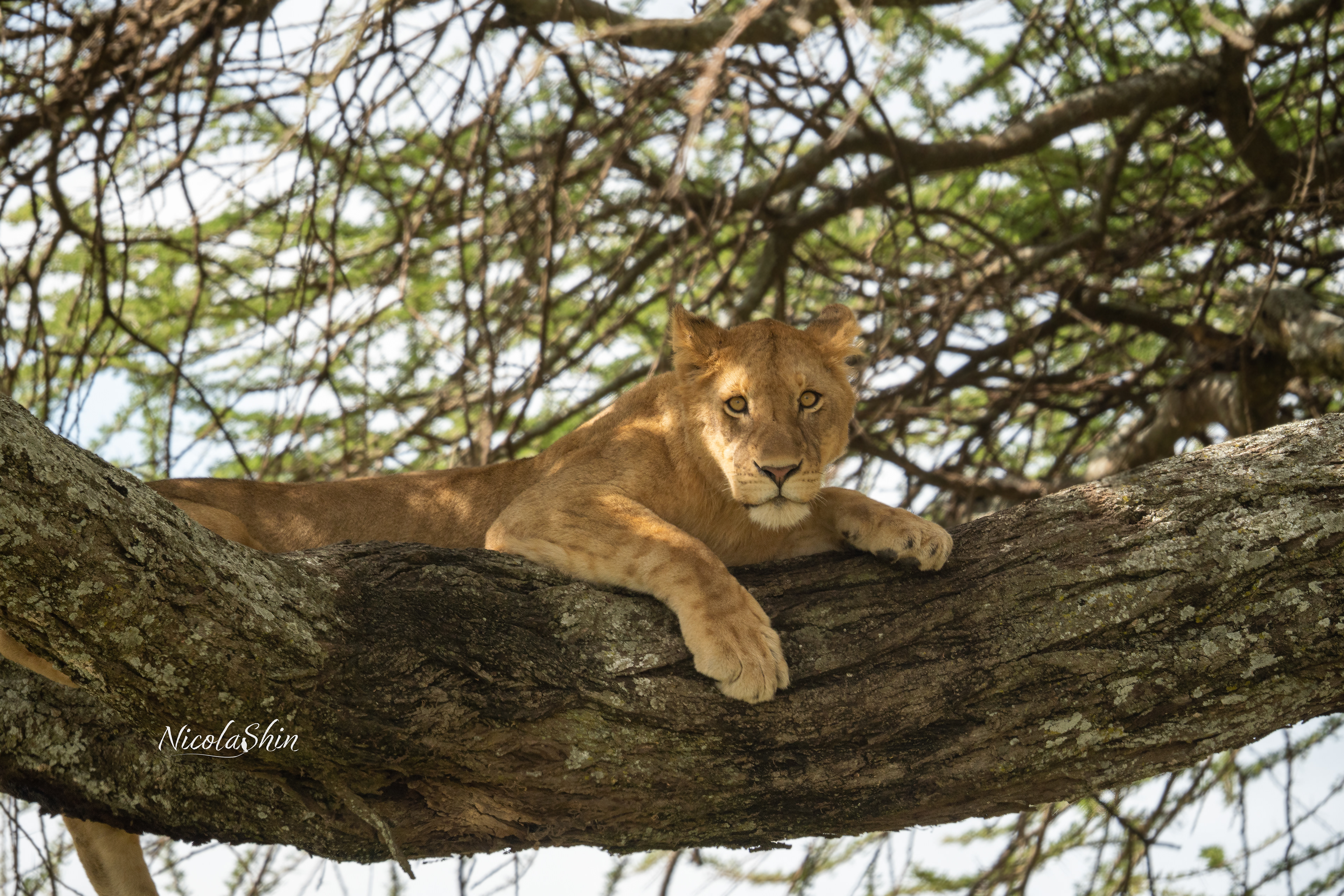
Lioness in a tree

Lion, Serengeti - Tanzania 2022

Lion, Serengeti - Tanzania 2022

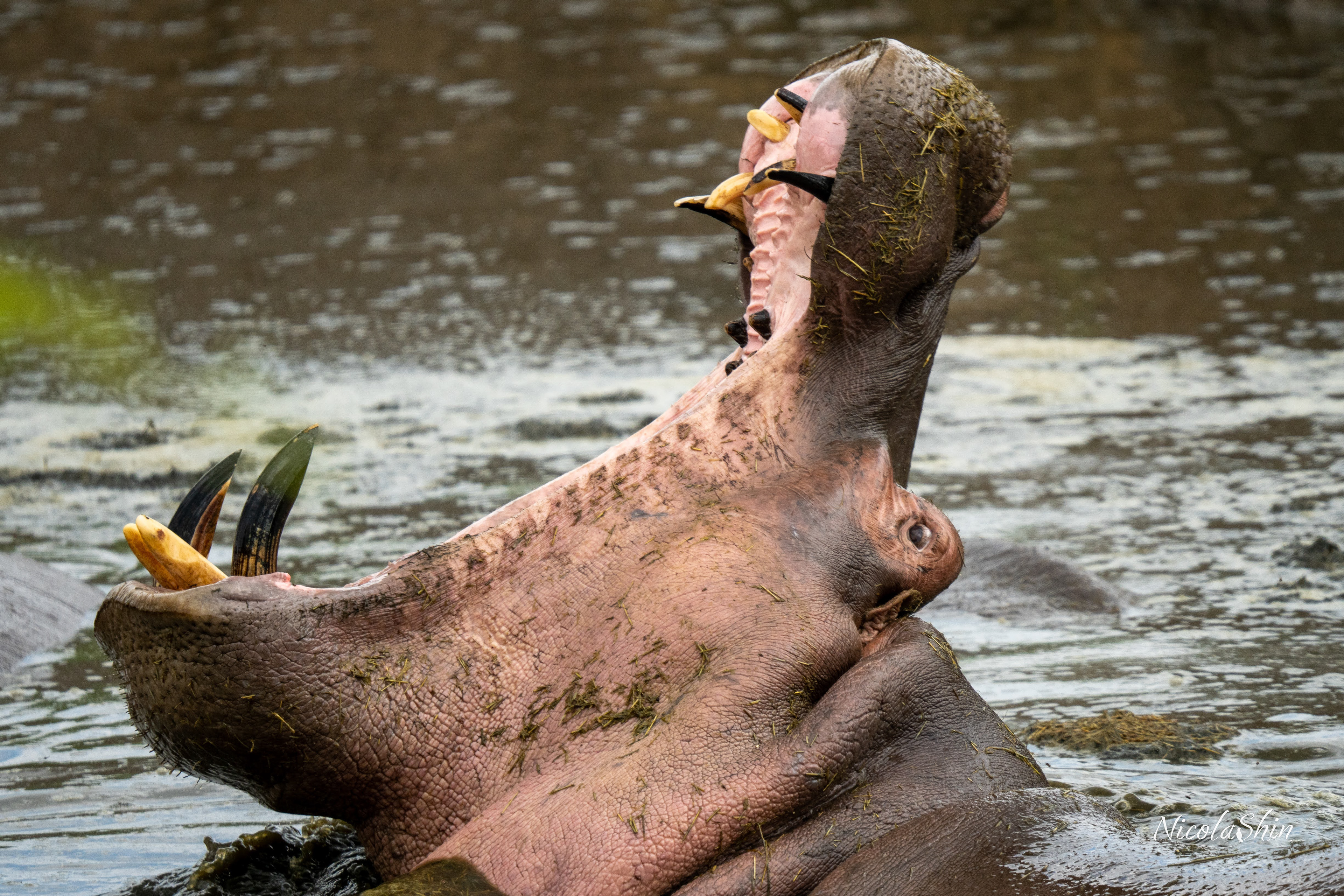

Female hippo rejecting the male attempt to mate.

Hippo scared by the noise made by a hot air balloon.
One evening, as we were driving, we noticed a strong, acrid smell. It seemed to be coming from the thin stream of greenish-brown water running next to our trail. As we drove upstream, we reached a "hippo pool." In what looked like a small pond, we saw about 50 hippopotamuses packed into the muddy water. With space being scarce and hippos being territorial, we witnessed some aggressive behavior as they defended their small patches of territory. The main event was a mating attempt, but the female fiercely spurned the male's advances.
Hippos have very delicate skin, so they spend all day in the water, only leaving at night to eat grass. Getting up early the next day was rewarded with the sight of a hippo slowly walking back to its pool.
One of my favorite photos from the trip is of a mother cheetah and her two cubs. The sun was high in the sky and the heat was creating atmospheric distortion, making the background landscape appear blurry. As we were driving through the yellow meadow, Thomas spotted the cheetah walking among the dry, high grass.
She stopped and climbed onto an anthill because she had spotted a lioness in the distance and was worried as it was getting closer. The cubs played at her feet while she scrutinized the horizon. Once the lioness finally lay down in the prairie, the cheetah took her cubs in the opposite direction.
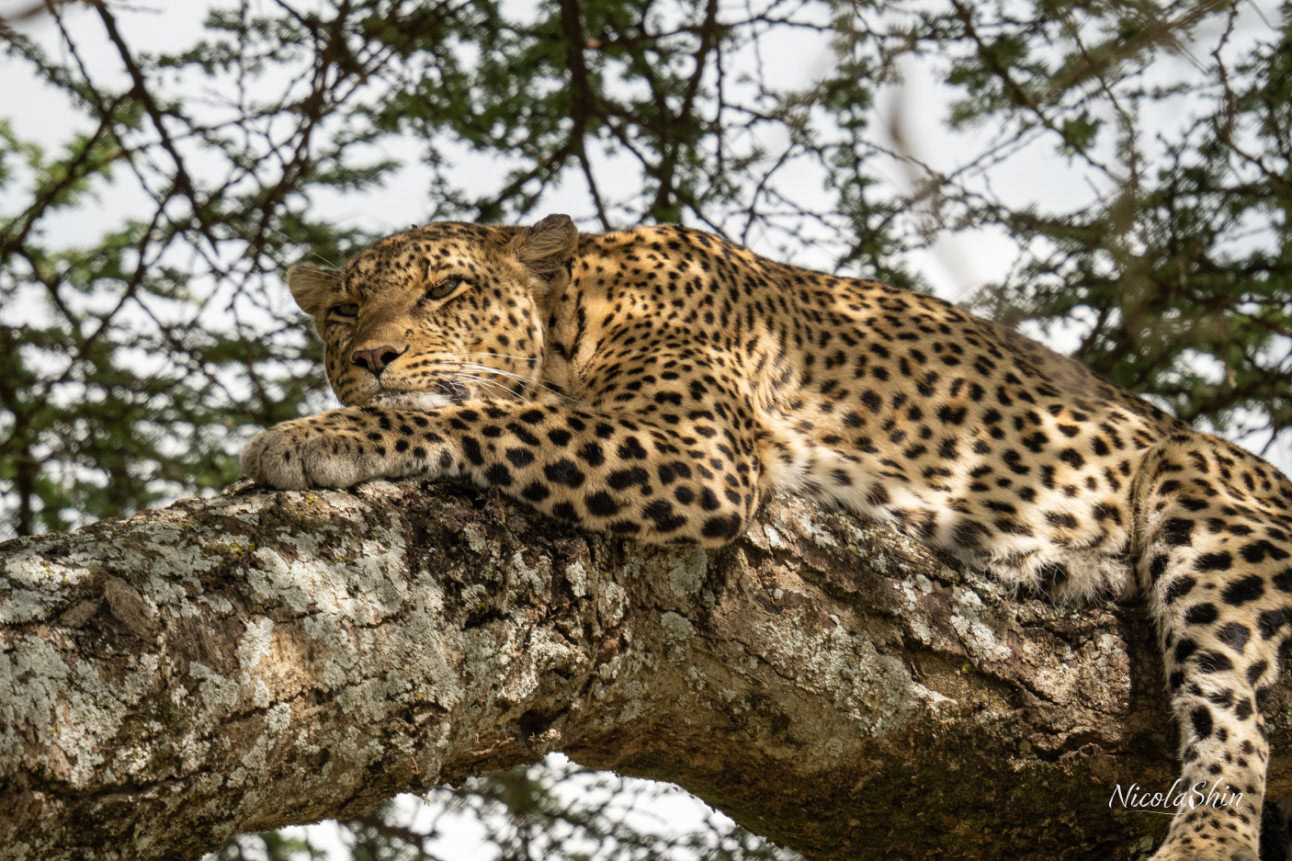
Leopard on an acacia tree
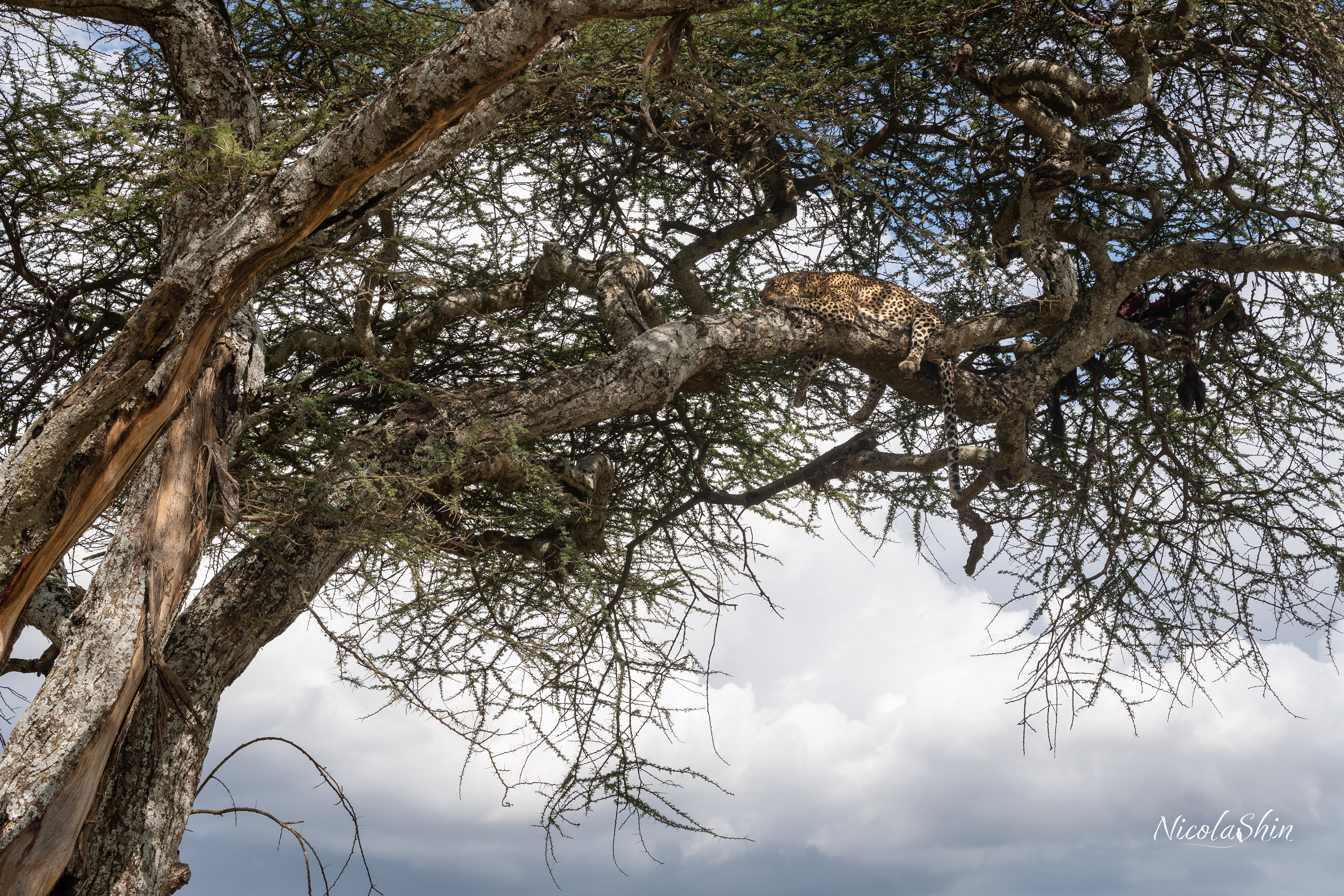
Can you spot the cub? It is laying on a branch just above her mother's head
The last morning came with a surprise when we spotted the last of the big cats! This mother leopard was resting on an acacia tree. She had killed a large herbivore during the night and hauled it up the tree, out of reach of other carnivores. A young leopard cub was sleeping on a branch above her, enjoying a nap after what must have been a nice breakfast.
While the most famous animals were impressive, it was also a great experience spending time with mongooses, hyenas, and warthogs. In the Serengeti, time flew by fast, and each encounter was richer than the last.
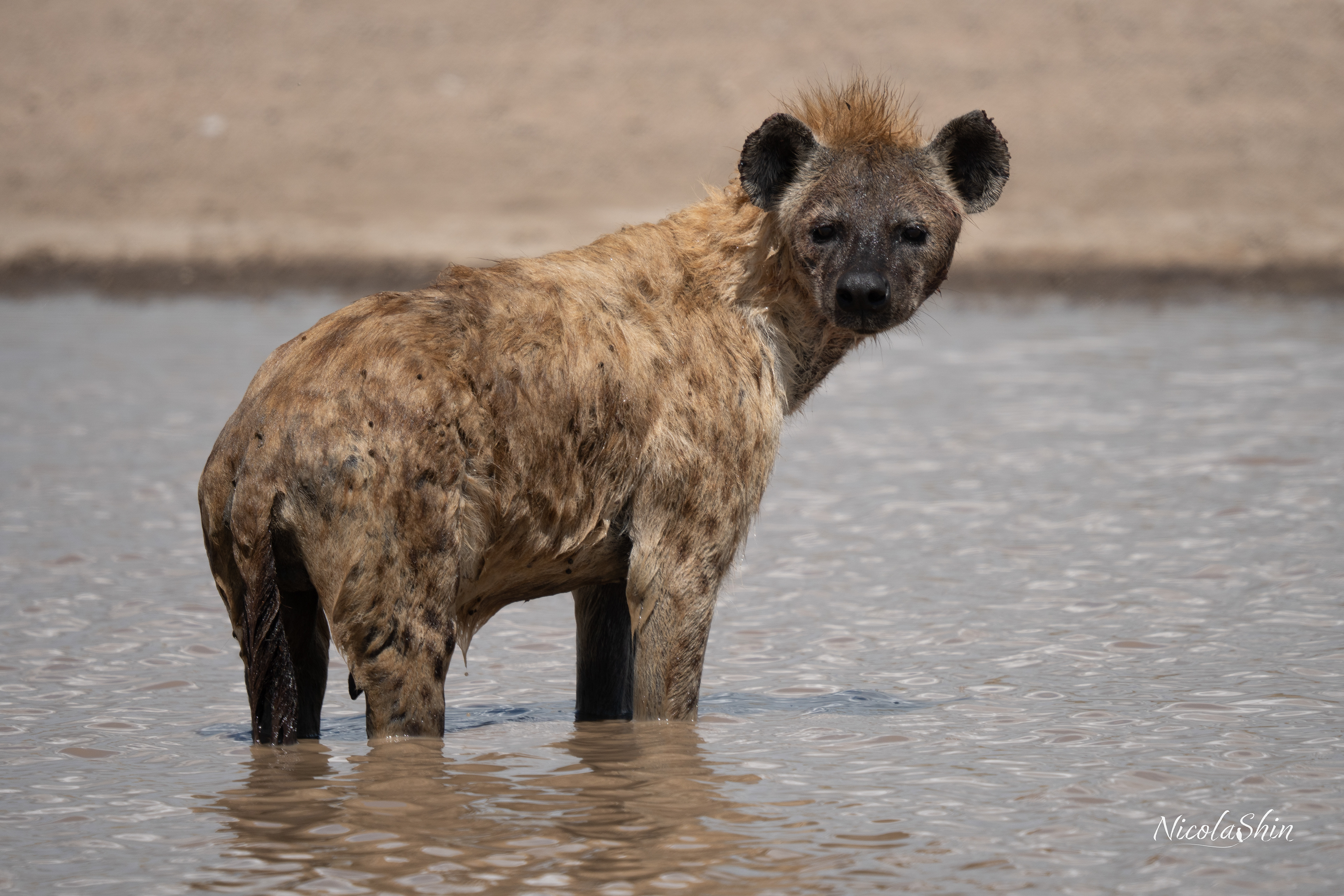
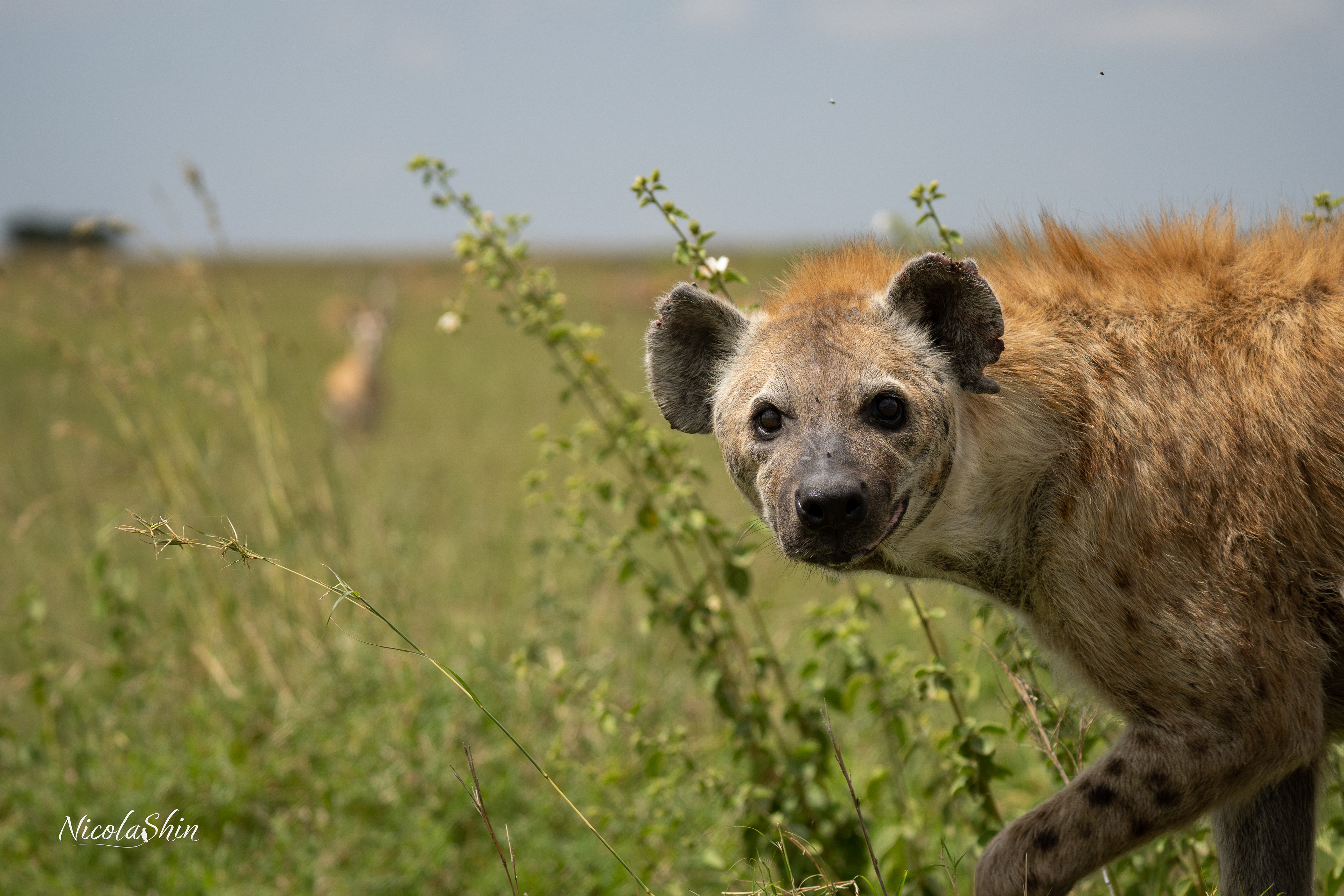



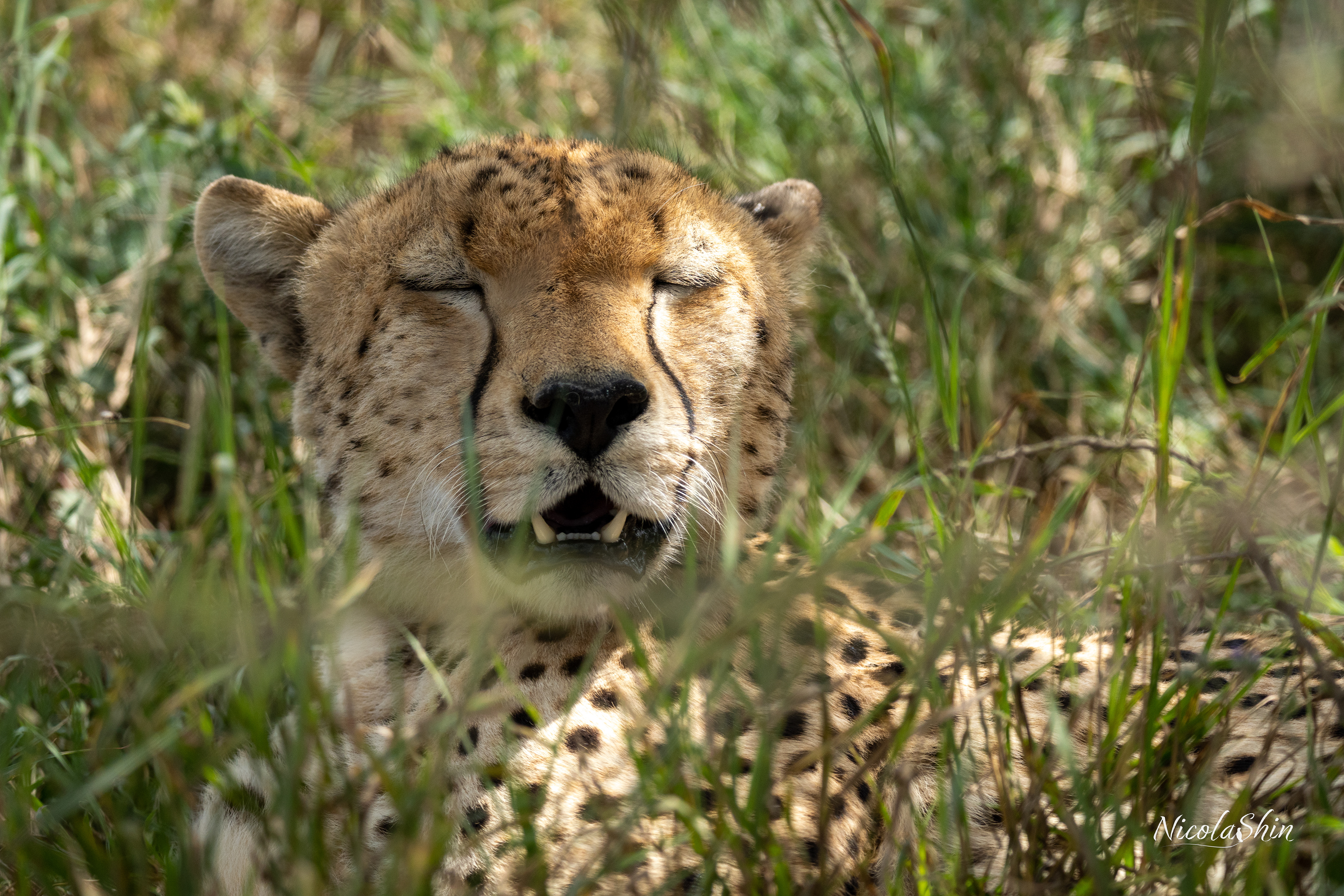
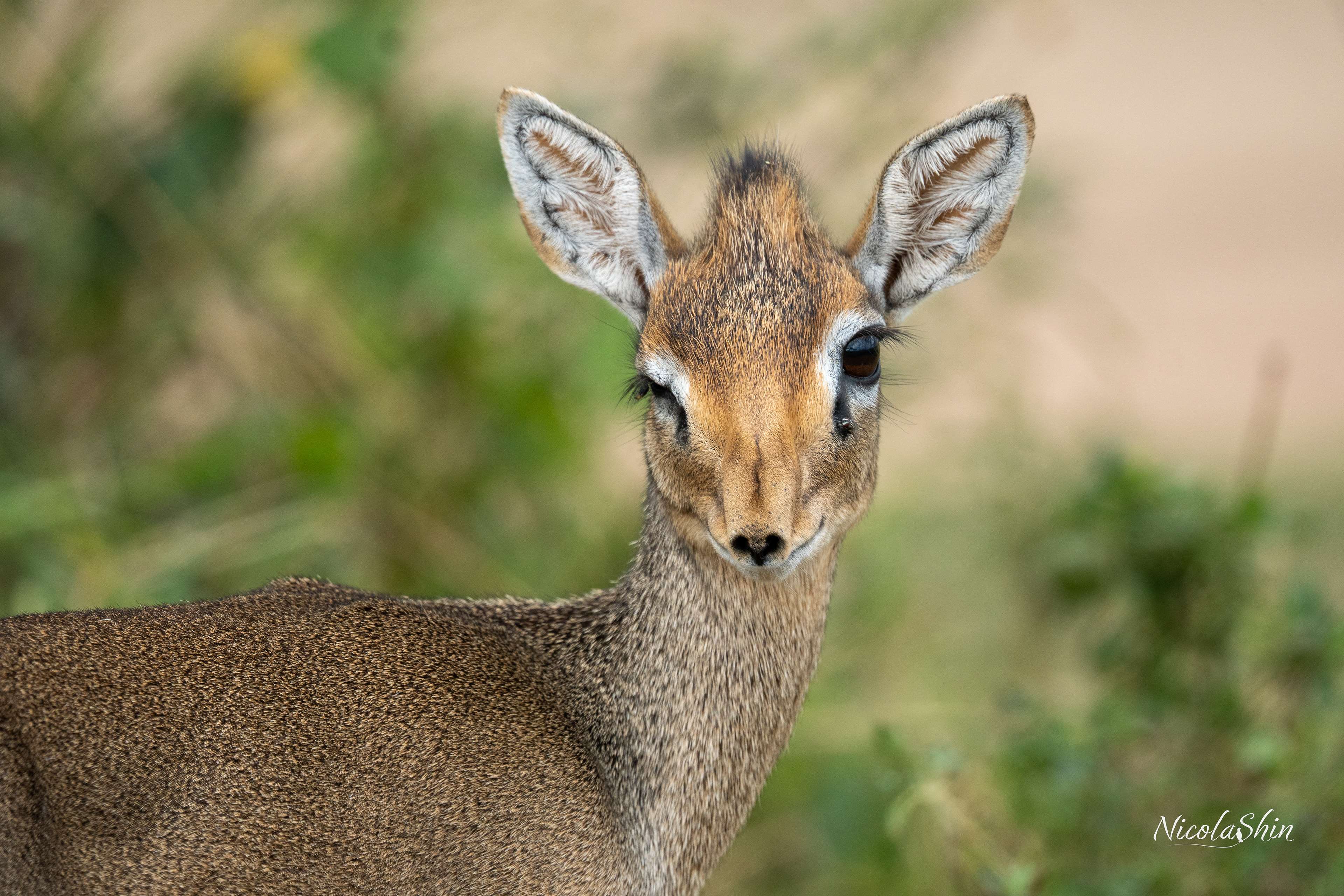
Dickdick

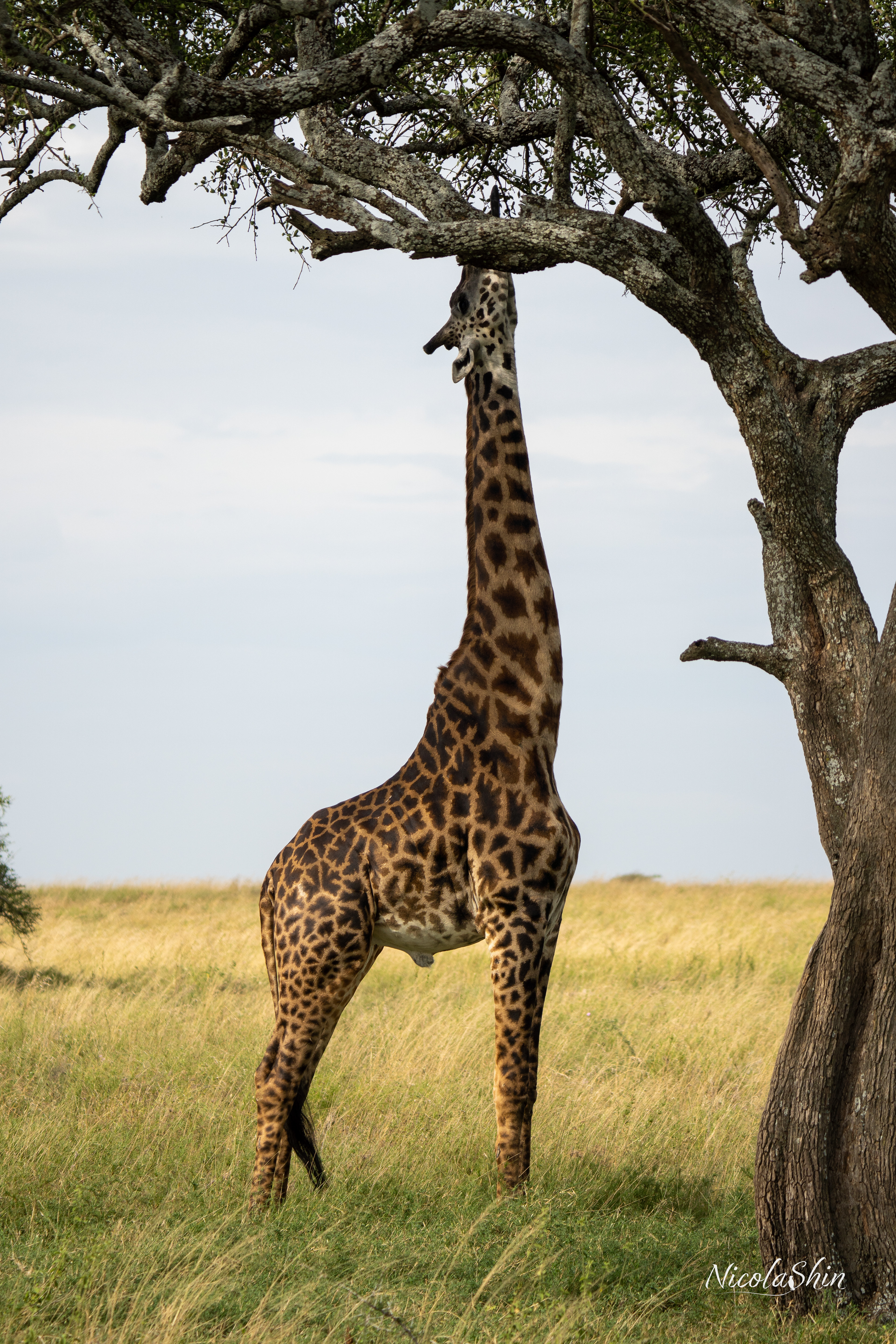

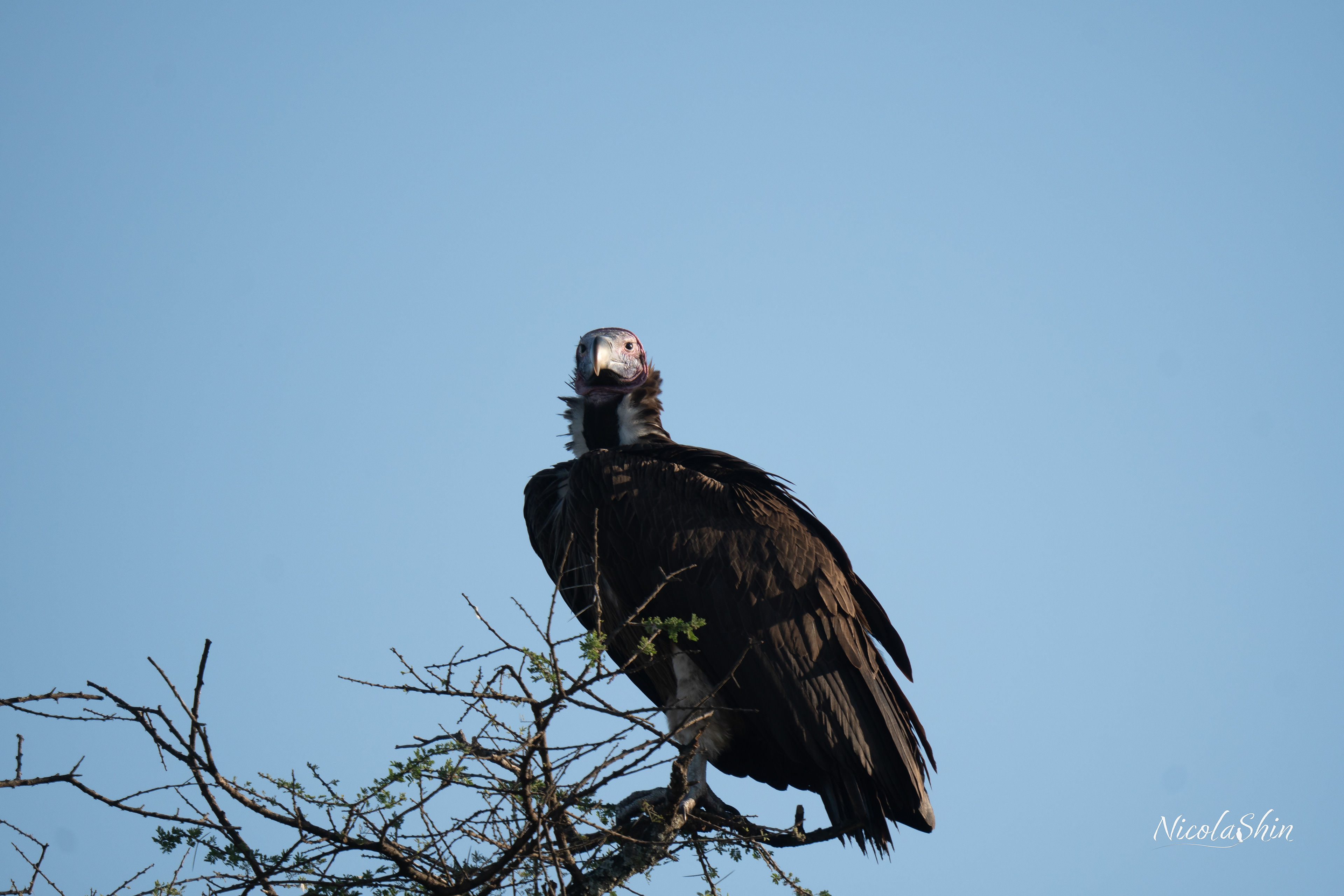

Serengeti national park. A lappet-faced or Nubian vulture taking off after feasting on the leftovers of a lion's kill. The Lappet-faced vulture is the largest vulture in Africa. It is generally a solitary bird.

Serengeti national park. Portrait of a Marabou Stork. The Marabou Stork is a scavenger often feeding with vultures. This one was wandering in our camp one day while we were having lunch eyeing for any food leftovers.
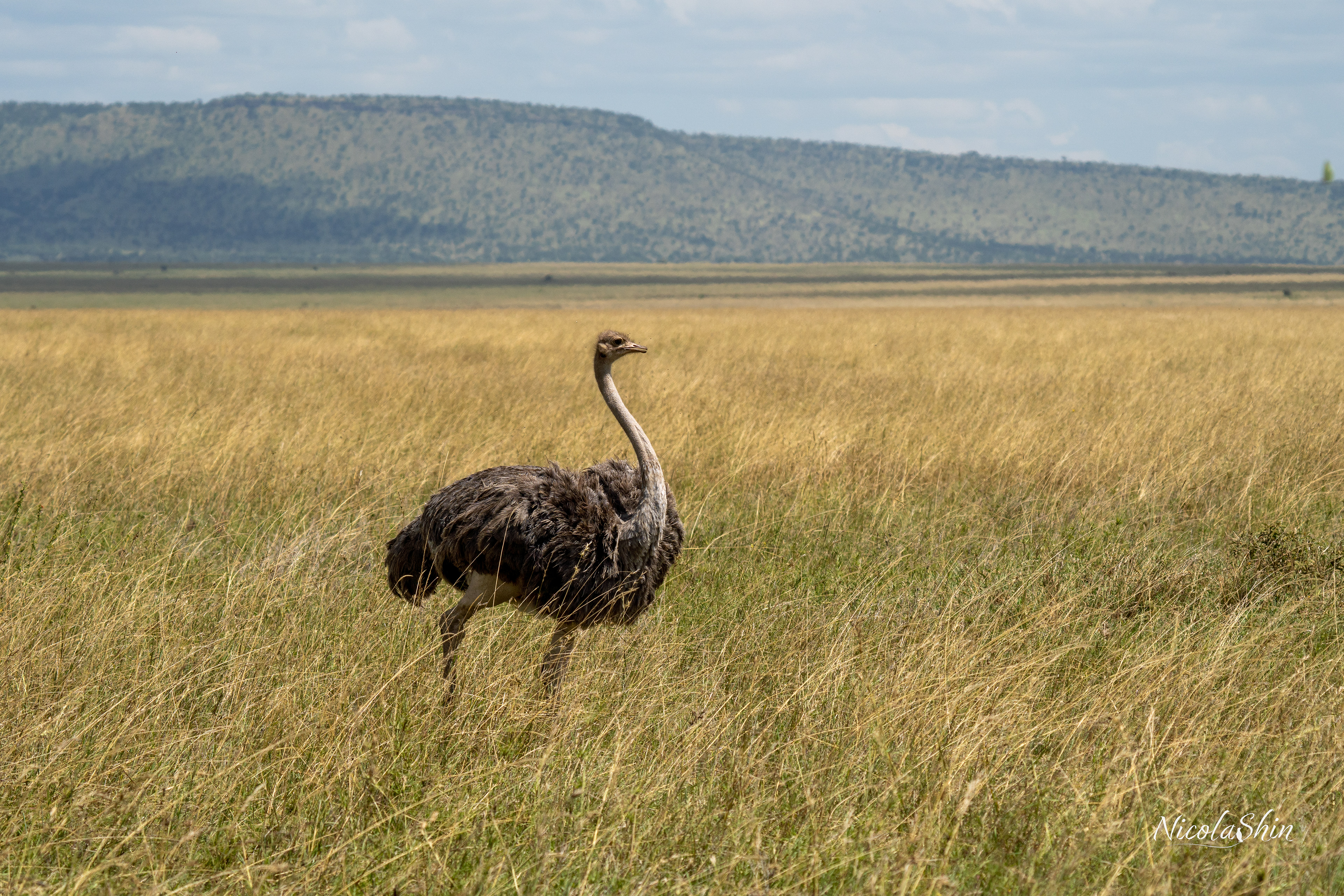

Next: Day 5: Ngorongoro
